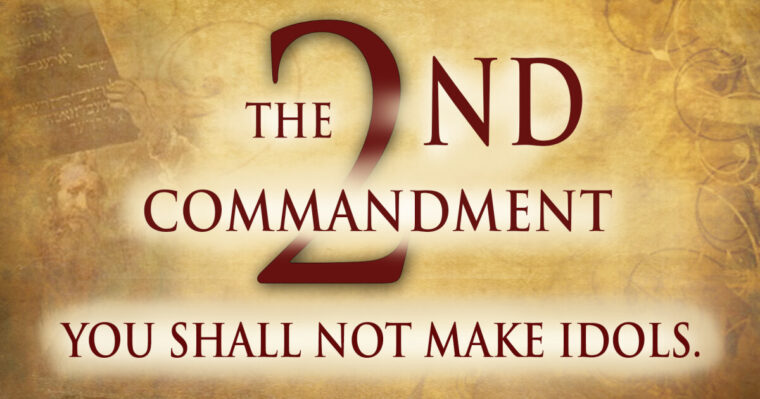Introduction
The Ten Commandments are a set of moral principles and laws that form the basis for much of Western ethics. They were given by God to Moses on Mount Sinai, as described in the Hebrew Bible (Old Testament) within the book of Exodus. The second commandment is particularly noteworthy due to its specificity regarding idolatry and worship practices. In this article, we will explore the context surrounding the second commandment, examine its content, and discuss various interpretations throughout history.
Context: Idolatry in Ancient Near East
The ancient Near Eastern world was marked by a pervasive culture of idolatry. The people of that time often created physical representations of their gods to facilitate worship. These images were then adorned with valuable materials and placed within temples or other sacred spaces, where they would be the centerpiece for religious rituals.
The second commandment addresses this issue directly by prohibiting the creation and worship of idols. This was a radical departure from the prevailing practices in the ancient Near East and emphasized that true worship should be directed towards an invisible, transcendent deity rather than physical representations.
Content: The Second Commandment
The second commandment is found within Exodus 20:4-5 (New International Version): “You shall not make for yourself an idol in the form of anything in heaven above or on the earth beneath or in the waters below. You shall not bow down to them or worship them; for I, the LORD your God, am a jealous God.”
Interpretation: Historical and Theological Perspectives
1. Early Jewish Interpretations: In early Judaism, the second commandment was understood as a prohibition against creating physical images of any kind. This interpretation stemmed from the belief that only an invisible deity could be truly worshiped without compromise or distortion.
2. Christian Perspectives: The New Testament contains several passages that seem to support this early Jewish understanding, such as Colossians 3:5 and Ephesians 5:5-6. However, some Christians have interpreted the second commandment more broadly, arguing that it is not only about physical idols but also about any form of worship that detracts from God’s sovereignty or replaces Him as the ultimate object of devotion.
3. Modern Interpretations: In contemporary times, many scholars and theologians have taken a more nuanced approach to interpreting the second commandment. Some argue that it is not about prohibiting all forms of artistic expression but rather emphasizing that worship should be directed towards God alone. Others maintain that the commandment serves as a cautionary tale against the dangers of idolatry and the need for constant vigilance in maintaining proper devotion to God.
Conclusion: The second commandment is an essential component of the Ten Commandments, addressing the critical issue of idolatry and worship practices. Its interpretation has evolved over time, reflecting changing cultural contexts and theological perspectives. However, at its core, it remains a powerful reminder that true devotion should be directed towards an invisible, transcendent deity rather than physical representations or false gods.

